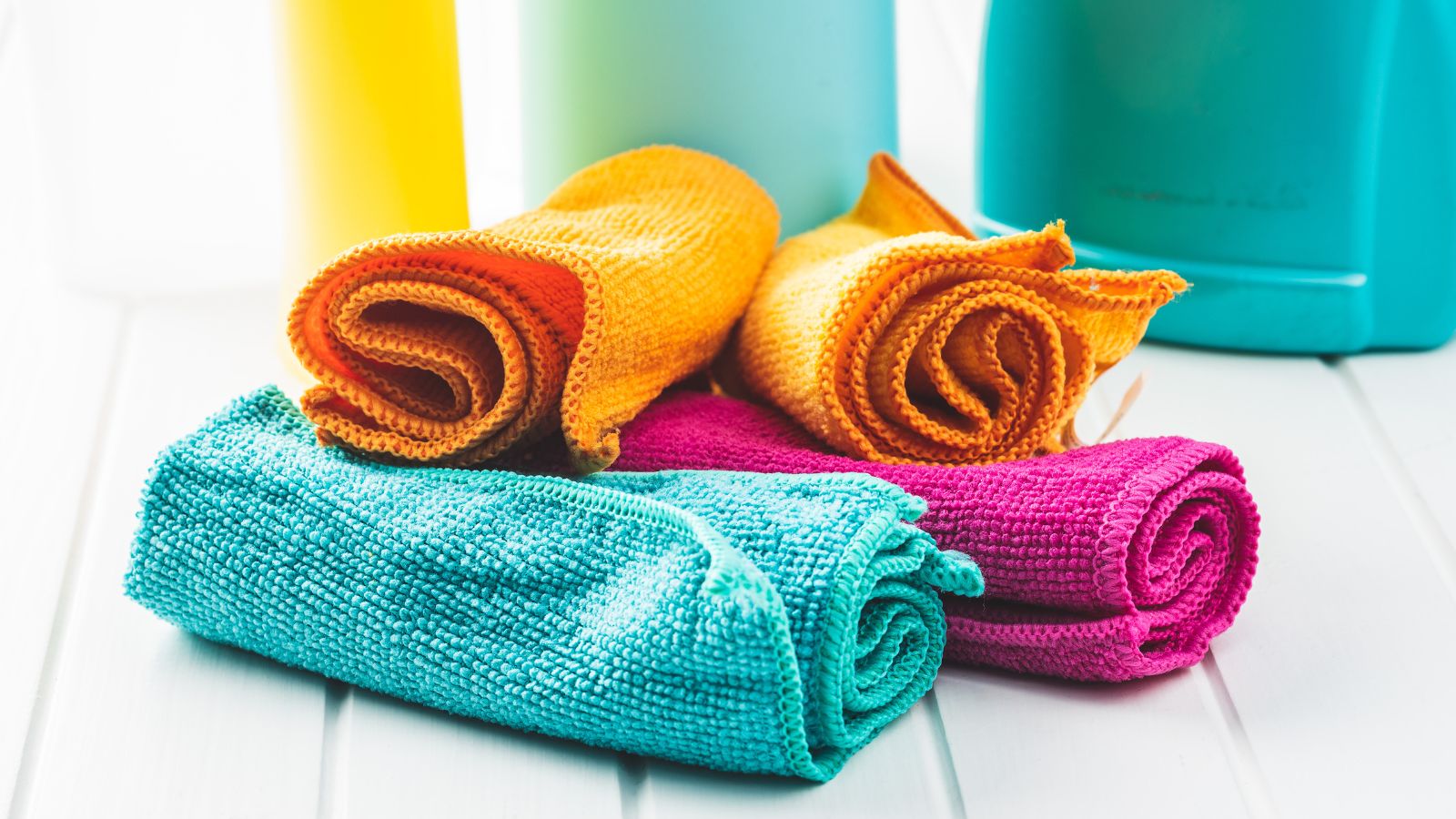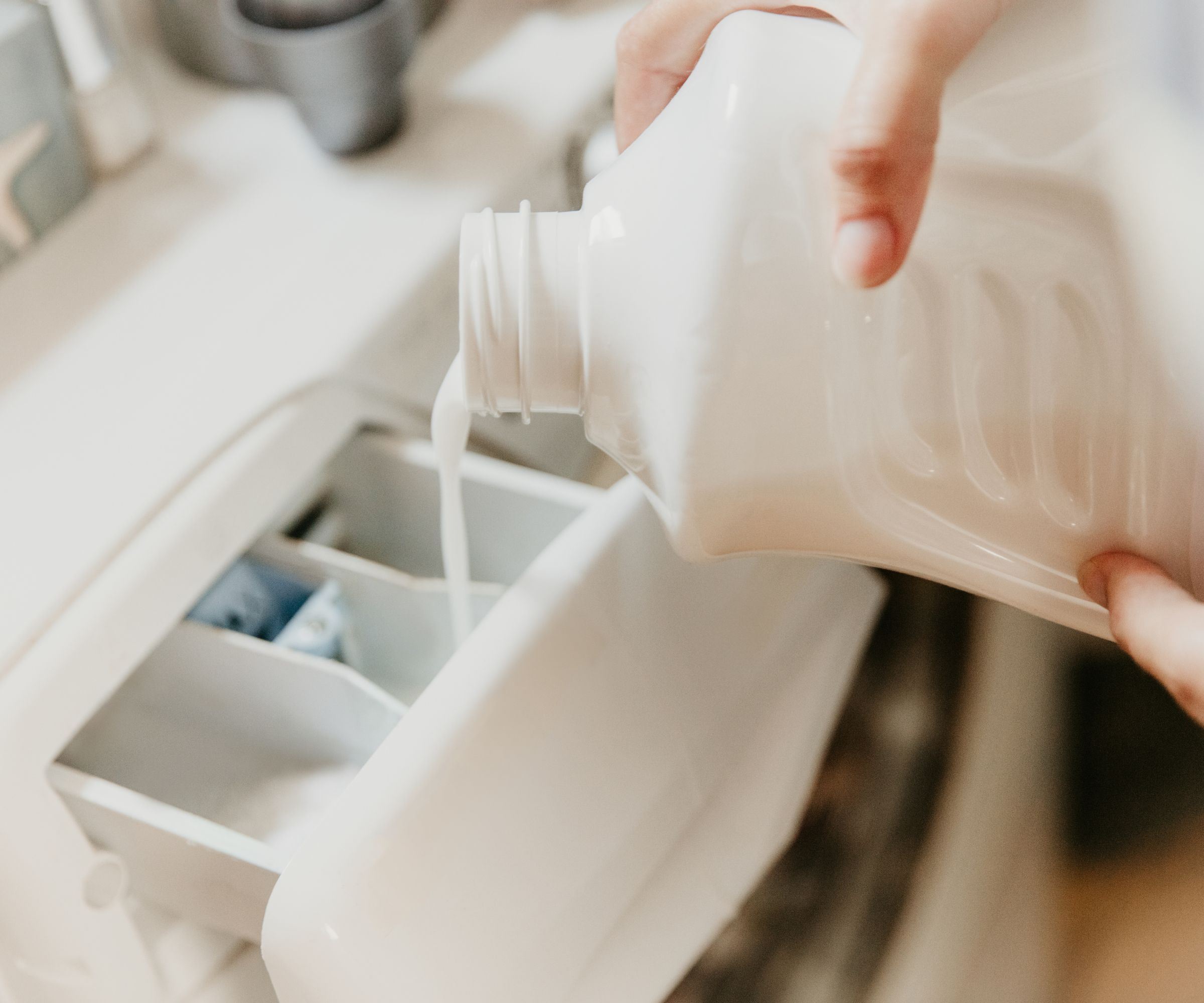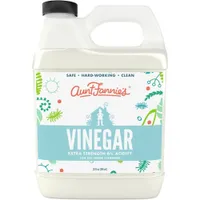How to wash a microfiber cloth – this common mistake may be ruining yours
Cleaning and laundry experts explain how to wash a microfiber cloth properly to keep them absorbent and soft for everyday use


We use microfiber cloths almost every day for a range of household chores, but do we really know how to keep them clean? Experts suggest we may be making one simple mistake without realizing it.
Many of us will likely be throwing our cleaning cloths in the washing machine with the rest of our stuff when doing laundry, but one common laundry ingredient could be ruining their absorbency thus making cleaning far more difficult.
Here, cleaning experts have shared how to wash microfiber clothes properly to keep them clean and soft for household cleaning without sacrificing their integrity.
How to wash a microfiber cloth
There are so many ways to use microfiber cloths, and we often recommend using them for a vast array of household cleaning tips, but knowing how to clean the cloths is vital to ensuring your home stays clean too.
If you are like us, then you may have been adding both detergent and fabric softener to the machine before running a laundry cycle with our microfibre clothes in the drum.
As it turns out, adding fabric softener can quickly reduce the cloth's absorbency making them harder to clean with – even if it does make them softer. So, why does this happen?

Javier and Rebeca Medina of Tidy Home Cleaning Services, Houston, conducted some research into how microfiber cloths work and discovered that they work in two ways: ‘Firstly, via capillary action, meaning they draw moisture between the micro-sized fibers; and through electrostatic attraction, meaning they use a negative charge to attract positively charged water molecules – this is also the mechanism by which microfiber cloths pick up dust and debris.’
Design expertise in your inbox – from inspiring decorating ideas and beautiful celebrity homes to practical gardening advice and shopping round-ups.
In order to keep them working their best, there are then three steps you can use to protect both of these functions simultaneously, they say.
1. Wash microfiber cloths separately from other garments
Although washing your microfiber cloths on their own doesn't sound like a great laundry hack to save time, it is essential to keep the small gaps between fibers free from lint, so they can pick up dust and dirt around your home, says Javier and Rebeca, professional cleaners.
If you do not have enough cloths to warrant a wash on their own, then you could consider putting the cloths into a mesh laundry bag, at Amazon, to help keep them together and away from lint while also getting them clean.
Honeycomb Mesh Laundry Bags | Was $11.99, Now $7.99 at Amazon
These heavy-duty Honeycomb mesh laundry bags are specially designed to wash delicate clothes, reducing wear and tear in washing machines and dryers.
2. Use bleach-free detergent and no fabric softener
While you cannot wash clothes without detergent, cutting back on your fabric softeners is vital if you want to keep your microfiber cloths in good condition – the same goes for using fabric softeners on towels, experts say.
‘Fabric softeners work by coating the surface of the towel or cloth with a waxy film to soften the fabric and add a pleasant scent. The chemicals of the waxy film will clog the fibers of the cloth, which leads to less absorbency,’ explains Jennifer Rodriguez, chief hygiene officer at Pro Housekeepers.
‘If the cloth is not washed properly, the fibers will likely not work properly. The best way to clean a microfiber cloth is to use a detergent made for gentle fabrics and avoid fabric softeners or sheets at all costs.
‘Another option is to add vinegar to the solution to remove build-up from detergent or minerals,’ she adds. Cleaning with vinegar will help to soften the cloths to prevent them from scratching or streaking our delicate surfaces as well as remove any odors that may be lingering from cleaning.'
6% Distilled White Cleaning Vinegar | $11.99 at Amazon
This specially formulated white vinegar with cleaning strength at 6% acidity is perfect for a whole range of household cleaning, from fighting grease to washing clothes.

Jennifer Rodriguez is the Chief Hygiene Officer at Pro Housekeepers, a nationwide cleaning business. She has over 20 years of experience cleaning both residential and commercial properties and has been featured in publications such as First For Women, Fatherly, Business Insider, and NBC News.
3. Wash at the right temperature
You may be used to washing your towels in hot water to help keep them free from bacteria and feeling super soft, but you should be washing your microfiber cloths a little cooler, opting for warm water and equally as tepid dryer temperatures, Javier and Rebeca say.
‘Heat can damage the fibers, reducing their effectiveness over time,’ they explain. It is also better to consider line drying the cloths where possible to avoid any heat altogether during this stage, the couple adds.
FAQs
Do you have to wash a microfiber cloth before first use?
It is a good rule of thumb to wash any cloths, towels, or rags before you use them around your home for the first time. This helps to soften them up and often removes any dirt or dust from them left behind from manufacturing or transportation.
How many times can you use a microfiber cloth before washing?
How often you use a microfiber cloth before washing will largely depend on what you are using it for. If you are using it to clean up kitchen grease, for example, then you likely want to wash it after that task. If you are using it for dusting, then you may be able to use it for a few surfaces in your home, shaking it out outside regularly, before you have to put it in the washing machine.
Cleaning the things we use to clean our homes is the key, and following these three steps will make a big difference.

Chiana has been at Homes & Gardens for two years and is our resident 'queen' of non-toxic living. She spends most of her time producing content for the Solved section of the website, helping readers get the most out of their homes through clever decluttering, cleaning, and tidying tips. She was named one of Fixr's top home improvement journalists in 2024.

